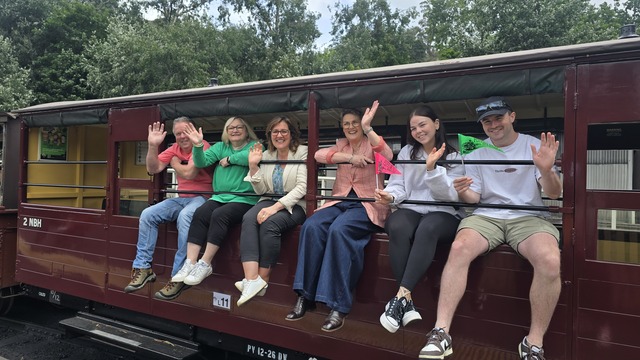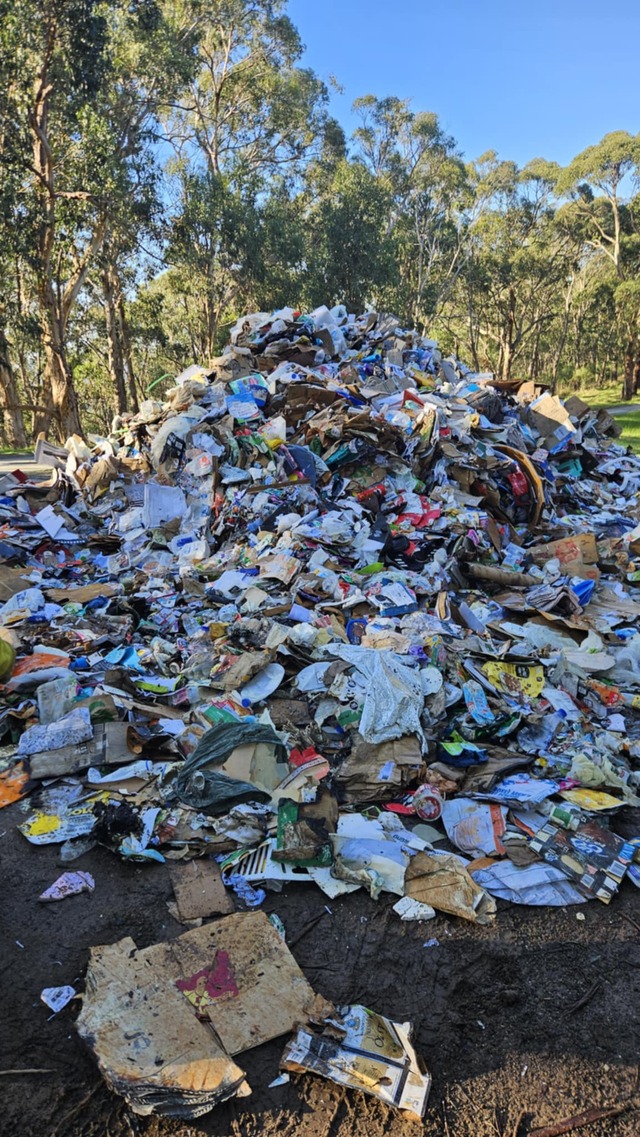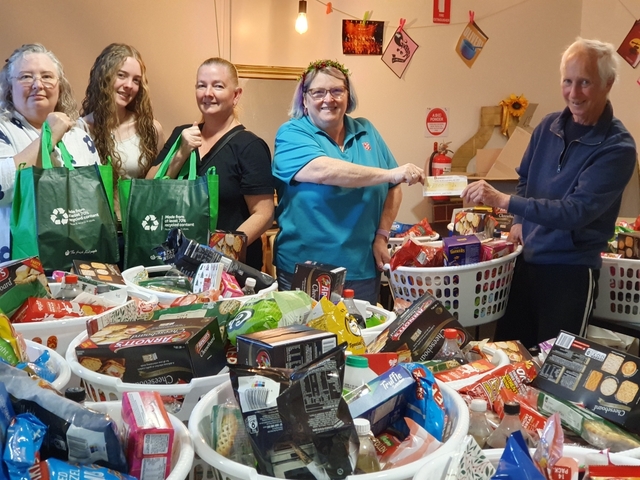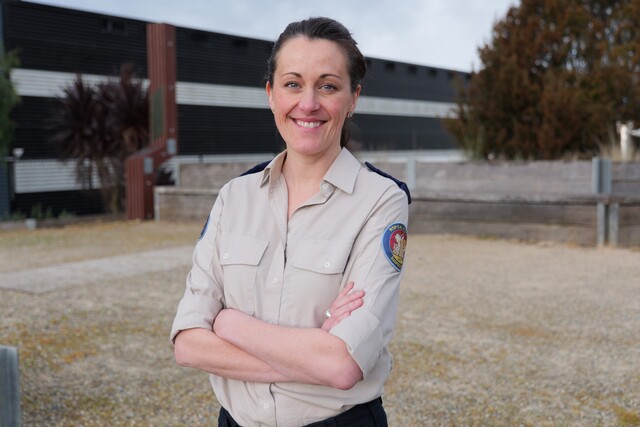The Australian Writers Centre recently presented the “How to become a romance writer” online event. Hosted by Pamela Freeman and Kali Anthony, it provides an intimate look inside the world’s biggest-selling genre.
Freeman, writing as Pamela Hart, specialises in historical romances set in World War One and the Roaring Twenties. Her books are highly popular in print, digital and audio formats at our local libraries.
Meanwhile, Anthony writes contemporary romance novels and has published multiple titles with Harlequin Presents/Mills and Boon Modern. To her, writing is a love affair, and there can never be too many happy endings.
The event begins with the clarification that romance novel has to have a happy ending, unlike Romeo and Juliet as a love story. “The idea of a romance is that you have a kind of contract with the reader that everything will be OK in the end,” says Freeman.
With that ultimatum in mind, Anthony explains that romance novelists set out with a promise to meet readers’ expectations. It’s easier said than done, as authors have to work hard to deliver that promise.
Following writing and revision, it’s time to submit the manuscript. Within the industry, each publisher has their own specific needs, so it can be highly beneficial for aspiring authors to do their research. Anthony did a lot of reading to figure out for whom she wants to write. It’s a matter of matching the voice with the choice.
In terms of creating compelling characters, Freeman focuses on “people who can grow”. “The aim is for your two main characters to become more fully themselves as a consequence of loving each other. There’s got to be a gap between who they are in the beginning of the story and who they ought to be, which is who they are at the end.”
Specifically: “While creating a character, you’re looking for areas that create internal barriers that keep them from becoming involved with someone. Whether it’s wounds, flaws or
traumas from the past, it just has to be enough that we can see they’re not who they ought to be. And connecting with that someone in the story allows them to become who they should be.” To Freeman, that’s why romance is popular – it’s about people becoming fully human through connection. Anthony further enlists the analogy of lock and key, with the hero and heroine both being lost but each holding something unique that can unlock the other as a whole individual. Finally, regarding the so-called “intimacy”, Anthony says “get yourself out of the way” and don’t worry what your boss, children or 95-year-old grandmother would think about your writing. It’s crucial that intimate scenes are emotionally driven events impacting on each character’s journey. They’re there to drive the story and create change, not to fill space.
This review has captured some of the essential points, but the hour-long “How to become a romance writer” event offers more tips that benefit both writers and readers. Find the recording here: https://www.writerscentre.com.au/how-to-become-a-romance-writer/






